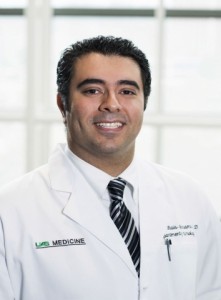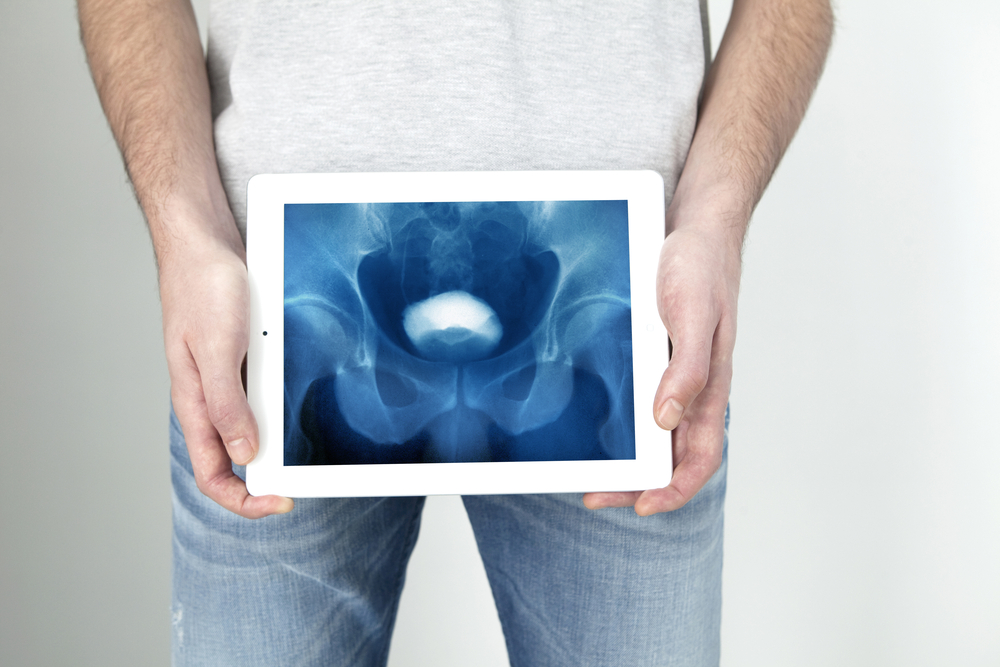
A novel technique of prostate cancer detection, the magnetic resonance imaging and ultrasound fusion-guided biopsy (MRI-US), is now being conducted on patients at the University of Alabama at Birmingham, within its Program for Personalized Prostate Cancer Care.
The facility is the first in the Southeast region of the U.S. to offer the MRI-US image fusion technique, the latest advancement in prostate cancer diagnosis, which is meant to help both patients and physicians.
Two assistant professors at the UAB Department of Urology, Jeffrey Nix, M.D., and Soroush Rais-Bahrami, M.D., were responsible for the study on the MRI-US image biopsy, five years ago, and are now two of the few urologists in the country conducting the diagnostic technique. MRI-US is expected to be able to prevent the disease that causes more than 29,000 deaths every year and will be diagnosed to 240,000 new patients, in 2014, according to the numbers of the National Cancer Institute.
The MRI-US image fusion-guided technique provides a “targeted biopsy”, according to the two urologists, examining samples of tissue that reveal suspicion, on MRI. “We are utilizing prostate MRI and fusing it with real-time ultrasound for image-guided prostate biopsies; this can detect prostate cancer with high accuracy, and it accurately targets lesions of concern defined by MRI,” Nix said in a UAB news release.
“This improves overall detection compared to standard biopsy and, more importantly, has the potential to give clinicians and patients a more accurate picture of their true disease burden by allowing improvements in staging,” the investigator added. The standard diagnosis method, on the other hand, is based on systematic sampling performed blindly in different “ZIP code” regions of the prostate.
The research project has demonstrated that the technique is able to improve the rate of cancer detection and the rate of high-risk

cancer detection, as well as improving staging on patients who are considering active surveillance and need close monitoring of low-risk prostate cancer. “This is the first major advancement in prostate cancer detection in more than 30 years, and it’s a significant improvement,” Nix said.
The procedure is conducted with local anesthesia, as explained by Rais-Bahrami, who believes that the patient’s experience is the same, with the added benefit of more accurate outcomes. “The technique is expected to be especially helpful in cases of men with a history of negative biopsies who are still suspected of having cancer due to a persistently unexplained elevated prostate-specific antigen level, patients with enlarged prostates and patients being guided toward active surveillance for improved staging,” Rais-Bahrami explained.
“We’ve been offering this technology at UAB for the last year, and we’ve seen a lot of success,” Nix added. “I have had several patients who were on active surveillance, and the MRI-US fusion biopsy discovered significantly more extensive disease. Those patients were able to go on to treatment and to cancer cure. It turned out some patients had prostate cancer even after they had multiple biopsies that came back negative; this enabled them to make more informed decisions on appropriate treatment.”

